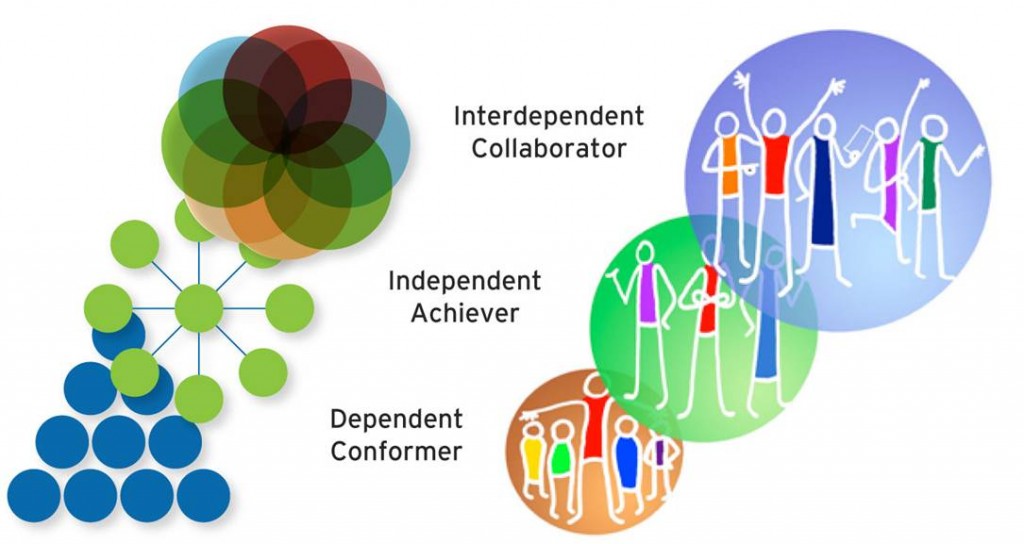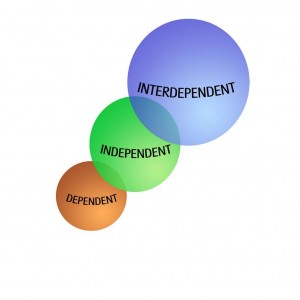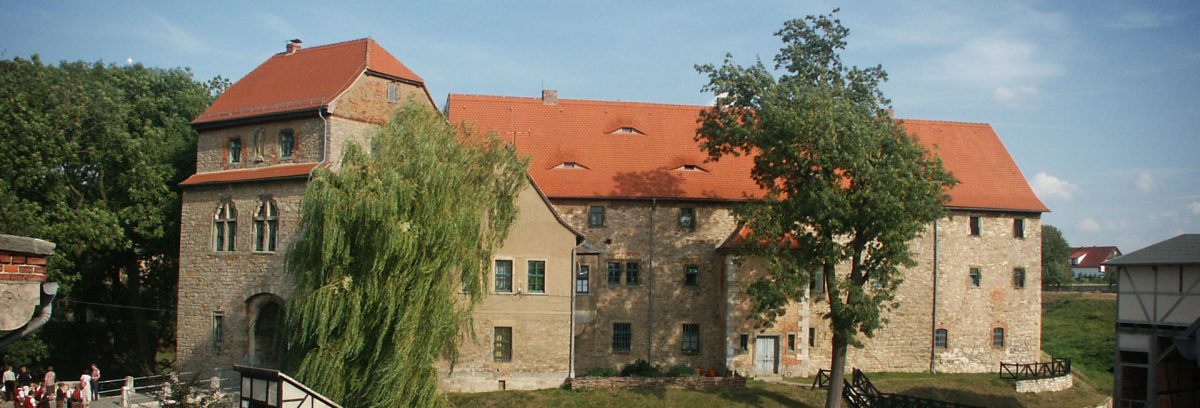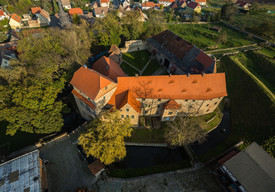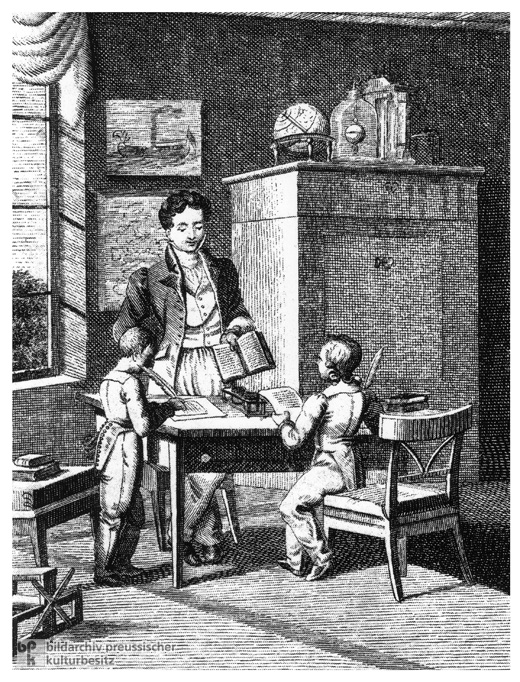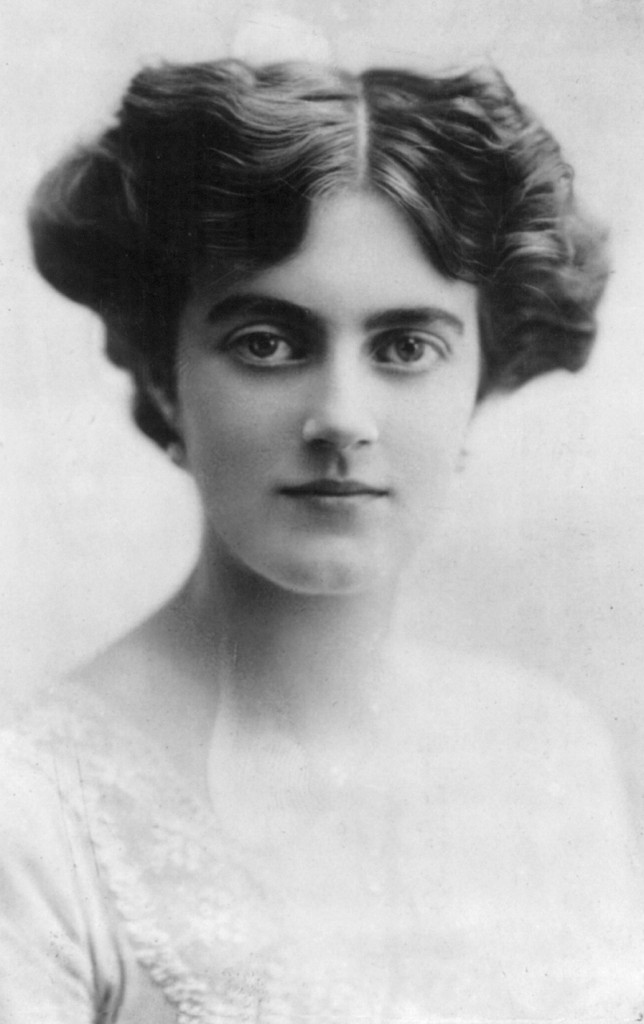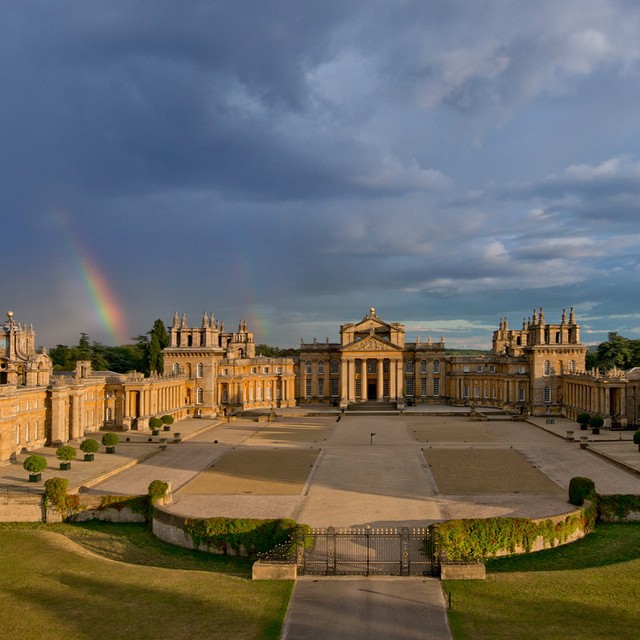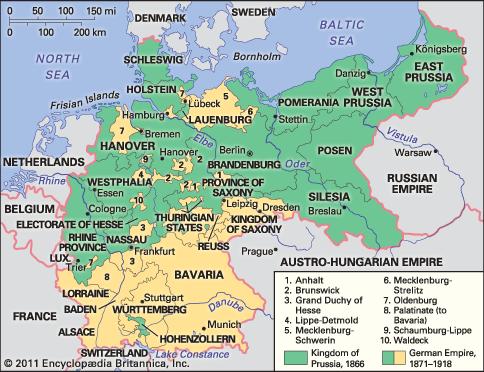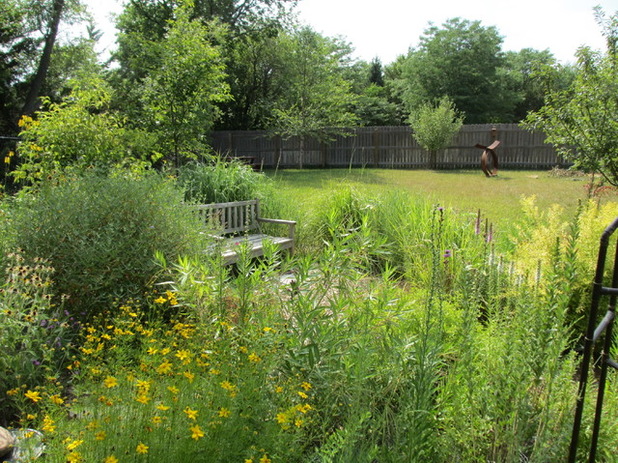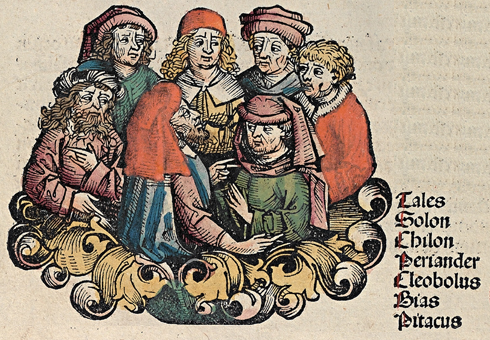We achieve our full potential, when we work in collaboration with others.
After achieving independence, enlightened individuals move into a state of interdependence.
Dependence refers to relying on others to take care of us. Interdependence refers to the cooperation for a greater goal. There are limits on how productive we can be as individuals, but virtually no limit on how productive we can be when we strategically collaborate with others.
Dependence >> Independence >> Interdependence
We all start out life as babies completely dependent on our parents or other person to take care of us. This is a state of weakness and powerlessness.
As we grow up we work to become independent, moving out of our parent’s home and earning money for ourselves. A person at this level is able to do things for himself and does not need anyone else to survive.
The greatest human achievements come from people working at the third level, interdependence.
This is when people work together to achieve a common goal, and is the level of maturity of many people in a mature society or organization. This is how mankind has achieved things together that no single person could do alone. Interdependence is the state of human development of greatest maturity and power.
As we develop our character, we move from dependence to independence to interdependence.
- Dependent wisdom is about tradition, belonging, power and survival.
- Independent wisdom is about the journey of the self, and the power of personal experience and rational thinking.
- Interdependent wisdom is about the interconnection of everything and the mysteries of existence.
Source: Three Stages of Wisdom: Dependence, Independence and Interdependence
“How can we develop more and better leadership talent more quickly?”
Organizations can avoid the risks associated with inadequate leadership, and prepare leaders for uncertain future scenarios, in two ways. The first is by sharing past experiences with each other as a source of practical lessons about leading. The second is by planning for future experiences and lessons to learn to make themselves and others ready for becoming senior leaders.
This structured approach to developing oneself and others is the best guarantee that your organization’s talent pipeline will be filled and flowing.
This 60 minute thought provoking, interactive and experiential session demonstrates how experiences can be used – by you and your teams – to become more effective and successful as leaders.
